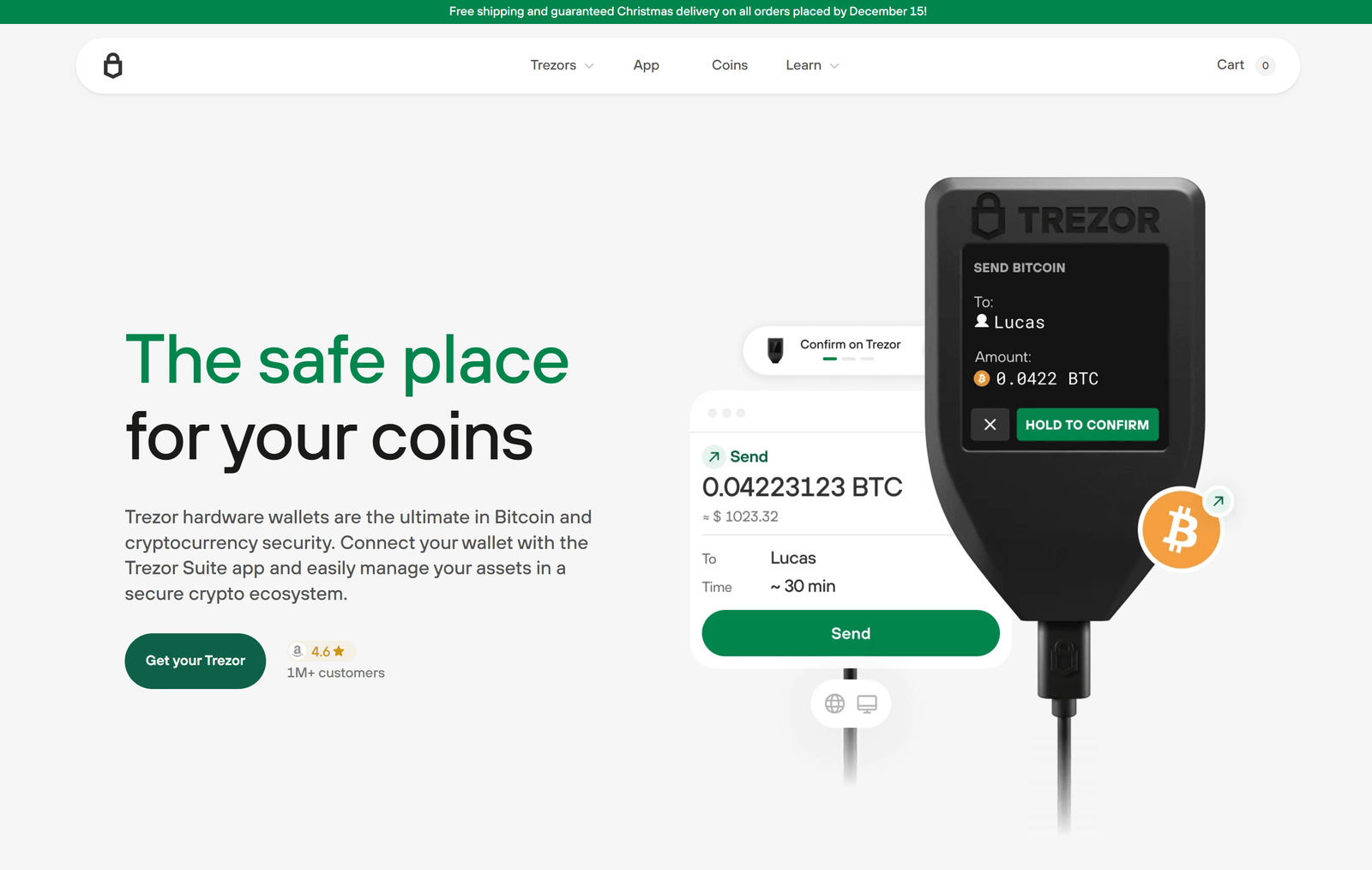Understanding Trezor Bridge: The Essential Link for Secure Hardware Wallet Connectivity
In the rapidly evolving landscape of cryptocurrency, security remains a paramount concern for investors and enthusiasts alike. Hardware wallets have emerged as the gold standard for safeguarding digital assets, with Trezor being one of the most trusted names in the space. However, the seamless operation of Trezor hardware wallets depends heavily on robust software components that facilitate communication between the wallet and your computer or device. One such critical component is Trezor Bridge.
This article delves into what Trezor Bridge is, how it functions, why it is indispensable for users, and how it ensures a smooth, secure, and efficient interaction with your Trezor hardware wallet.
What is Trezor Bridge?
Trezor Bridge is a specialized software interface developed by SatoshiLabs, the creators of Trezor hardware wallets. It acts as a communication protocol between your Trezor device and the Trezor Suite or compatible third-party applications running on your computer.
Unlike traditional USB connections, where devices connect directly to an operating system, Trezor Bridge uses a secure, encrypted channel that manages data exchange with heightened safety. Essentially, it allows your web browser or desktop application to communicate with the physical Trezor wallet securely, bridging the gap between hardware and software layers.
Why is Trezor Bridge Necessary?
Hardware wallets like Trezor do not operate as standalone devices that can be plugged in and used like regular USB drives. They require a dedicated software medium to interpret the cryptographic commands, manage device authentication, and facilitate transaction signing.
Earlier versions of Trezor communicated directly via USB, relying on browser extensions such as the Trezor Chrome extension. However, this approach was limited by browser restrictions, compatibility issues, and security vulnerabilities. With browsers phasing out support for these extensions, the need for a more reliable, browser-agnostic communication method became evident.
This is where Trezor Bridge steps in, providing:
- Cross-browser compatibility: Works seamlessly across all major browsers, including Chrome, Firefox, Edge, and Safari.
- Enhanced security: Uses secure encryption protocols to protect sensitive data exchanges.
- Improved stability: Minimizes connection errors and device detection problems.
- Future-proof design: Adapts to browser updates and security policies without requiring additional extensions.
How Does Trezor Bridge Work?
Upon installation, Trezor Bridge runs as a background service on your computer. When you connect your Trezor hardware wallet, the Bridge software detects the device and establishes a secure connection with the Trezor Suite or any other supported wallet interface.
When you initiate actions like viewing your account balance, sending cryptocurrency, or managing device settings, the commands are transmitted through Trezor Bridge. It then communicates these instructions to your hardware wallet, which performs the cryptographic operations internally. The wallet signs transactions offline and sends back the signed data via the Bridge for broadcasting to the blockchain network.
This design ensures that private keys never leave the device, maintaining the highest level of security. Trezor Bridge acts purely as a conduit, facilitating the communication while keeping your sensitive information isolated.
Installation and Compatibility
Installing Trezor Bridge is straightforward. Users can download the latest version from the official Trezor website and install it on Windows, macOS, or Linux operating systems. Once installed, it typically runs silently in the background and updates automatically to incorporate improvements and security patches.
The Bridge works with:
- Trezor Model One
- Trezor Model T
- Trezor Suite software
- Compatible third-party wallets and applications supporting Trezor devices
Because it functions independently of browser extensions, it offers a smooth experience regardless of the platform or browser version used.
Security Features and Privacy Considerations
Security is the cornerstone of Trezor Bridge's design. Some notable security aspects include:
- End-to-end encryption: Data exchanged between the device and software is encrypted, preventing interception or tampering.
- Device authentication: The Bridge authenticates the Trezor hardware to ensure the legitimacy of the connection.
- No key exposure: Private keys and sensitive cryptographic material never leave the hardware wallet.
- Open-source code: Trezor Bridge’s source code is publicly available for scrutiny by the security community, fostering transparency and trust.
Moreover, Trezor Bridge respects user privacy by minimizing data collection and only transmitting necessary information to complete the requested operations.
Troubleshooting Common Issues
Though designed for reliability, users may occasionally encounter issues such as:
- Device not detected: This can often be resolved by restarting the Bridge service, reconnecting the device, or updating to the latest Bridge version.
- Browser connection errors: Clearing browser cache or switching browsers temporarily can help identify if the issue is browser-related.
- Driver conflicts: Especially on Windows, ensuring that USB drivers are updated and not conflicting with other devices can improve connectivity.
Trezor provides comprehensive troubleshooting guides and community support forums to assist users in resolving any difficulties quickly.
The Future of Trezor Bridge
As cryptocurrency ecosystems evolve, so will the technology underpinning wallet connectivity. Trezor Bridge is positioned as a future-ready solution, continuously updated to align with new browser standards, enhanced security protocols, and expanding hardware capabilities.
Innovations such as integrating WebUSB and WebHID APIs into browsers may influence how hardware wallets communicate, but Trezor Bridge's modular design ensures it can adapt seamlessly, providing users with uninterrupted, secure access to their digital assets.
Conclusion
In summary, Trezor Bridge is an indispensable software tool that ensures the secure and efficient operation of Trezor hardware wallets. By bridging the communication gap between your physical wallet and your computer or browser, it guarantees a smooth, user-friendly experience without compromising security.
Made in Typedream